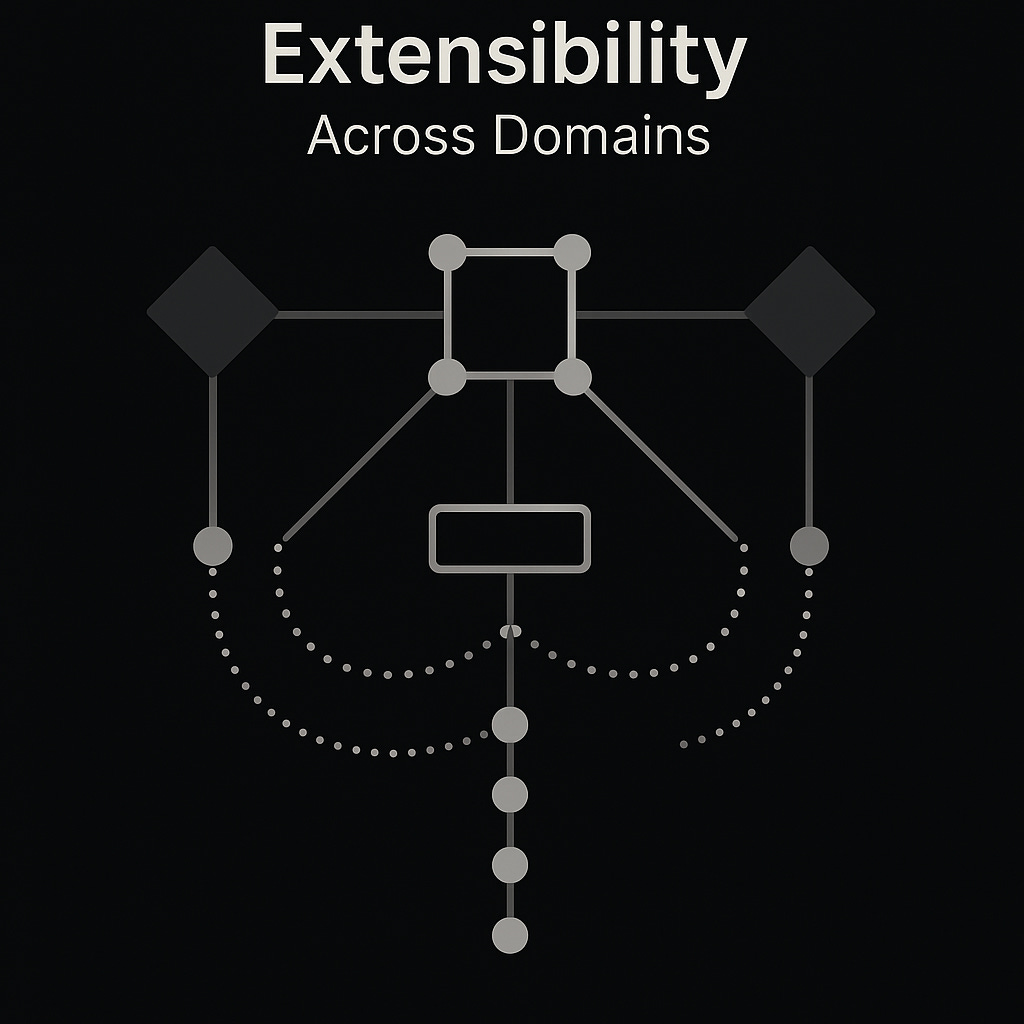#187: Can Transition Be Mapped? Toward a Finite Grammar for Earth Systems
E₈ as Framework for Structural Reasoning in Complex Earth Systems
In Posts #183 and #184 I sketched E₈; not as a grand Theory‑of‑Everything, but as a rigorously self‑contained shape: 8 continuous axes, 240 discrete transition directions, every move accounted for.
Today we ask a practical follow‑up:
Can a structure that complete and finite help us read the Earth not just simulate its motions, but map what is allowed to happen?
Everything that follows is an attempt to answer.

1 | The Question,” Why a Lattice? Why Now?”
Plenty of data, not enough cohesion.
Climate feedbacks; evapotranspiration loops, aerosol–cloud links, soil‑moisture memory, atmospheric rivers, do more than add noise. They cross‑trigger, lock, or cancel each other in ways ordinary linear pipelines (input → simulate → output) rarely catch in time.
So what if parts of the Earth behave discretely: snapping from one configuration to another once thresholds are crossed; rain condensing, drought locking in, clouds breaking and resetting? In such jumpy landscapes, prediction isn’t just about trend; it’s about the grammar of allowable moves.
E₈ hints at a ready‑made grammar:
8 continuous coordinates (the Cartan sub‑algebra)
240 elementary roots → 480 directional moves, each a legal, reversible state change (chained together, they unfold into 696 million+ symmetry permutations; E₈’s full Weyl group)
A lattice of transitions (bounded, navigable, internally coherent)
It is not a replacement for fluid‑dynamic models. It’s the rack that keeps their cables untangled: a finite possibility space that says, “Here are the moves; here are the locks; steer inside these rails.”
That’s the lens we’ll test. Not to predict every swirl, but to chart what the system can and cannot do and how interventions might nudge it along admissible paths.
And the question is no longer "What is the weather doing?" It becomes: "Where, inside this lattice, are we now and where can we still go?"
2 | Rewriting the Earth System: Can Processes Be Recoded as Transitions?
To use E₈ as more than a curiosity, we need to translate Earth into its language. That means deciding what the eight ranks stand for, and what it means to move between them.
This starts with a shift in mindset. We’re not modeling objects or flows. We’re describing states, and how those states change. Each axis in the system represents a real, measurable quality of the Earth, something that can vary independently, and influence the others.
After a lot of time spent on refinement, testing, and redefinition, I’ve settled on eight core variables. They span both atmosphere and land, and together, they capture the key feedbacks that drive cloud formation, rainfall, surface energy balance, and hydrological memory. These are:


